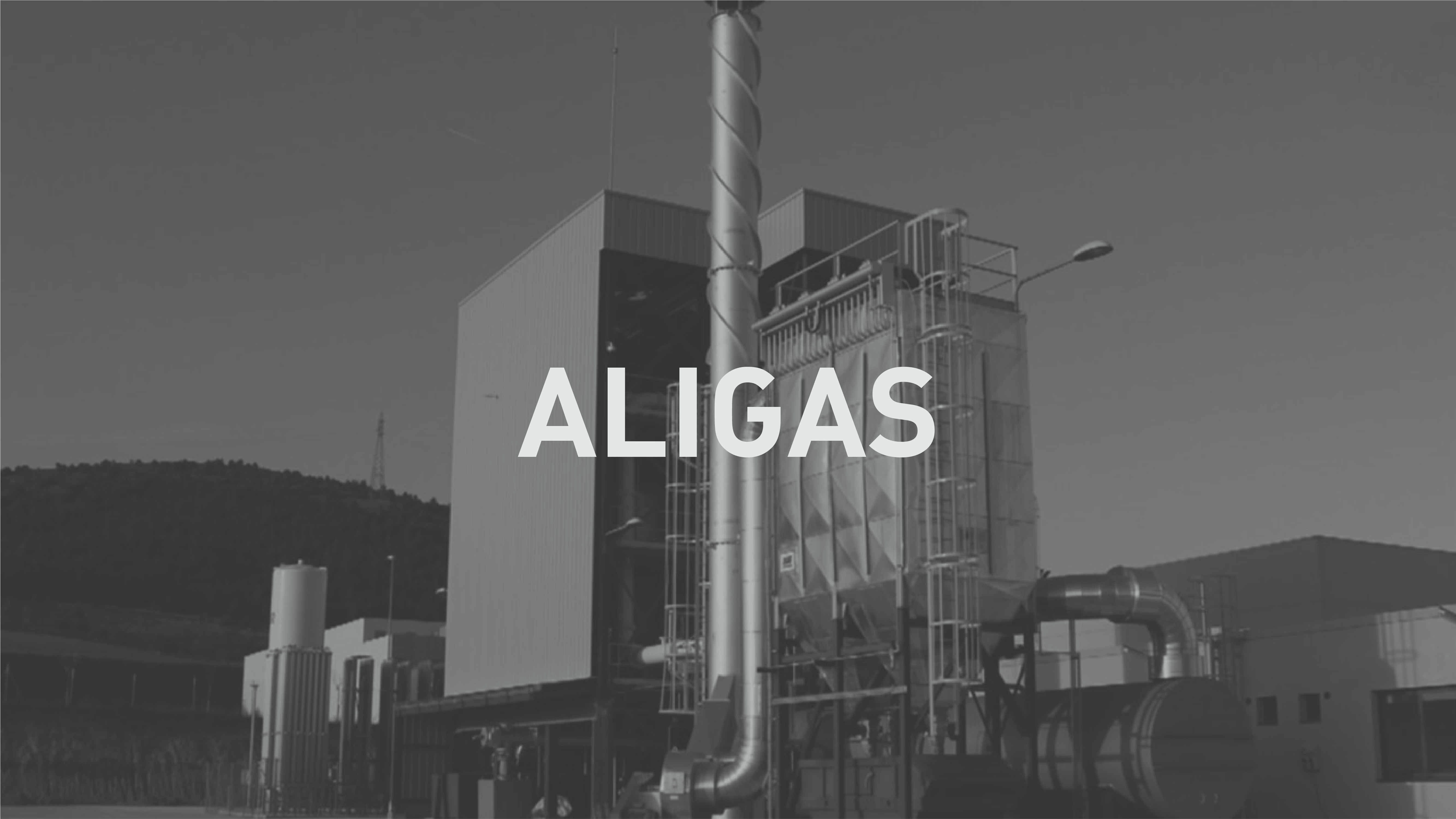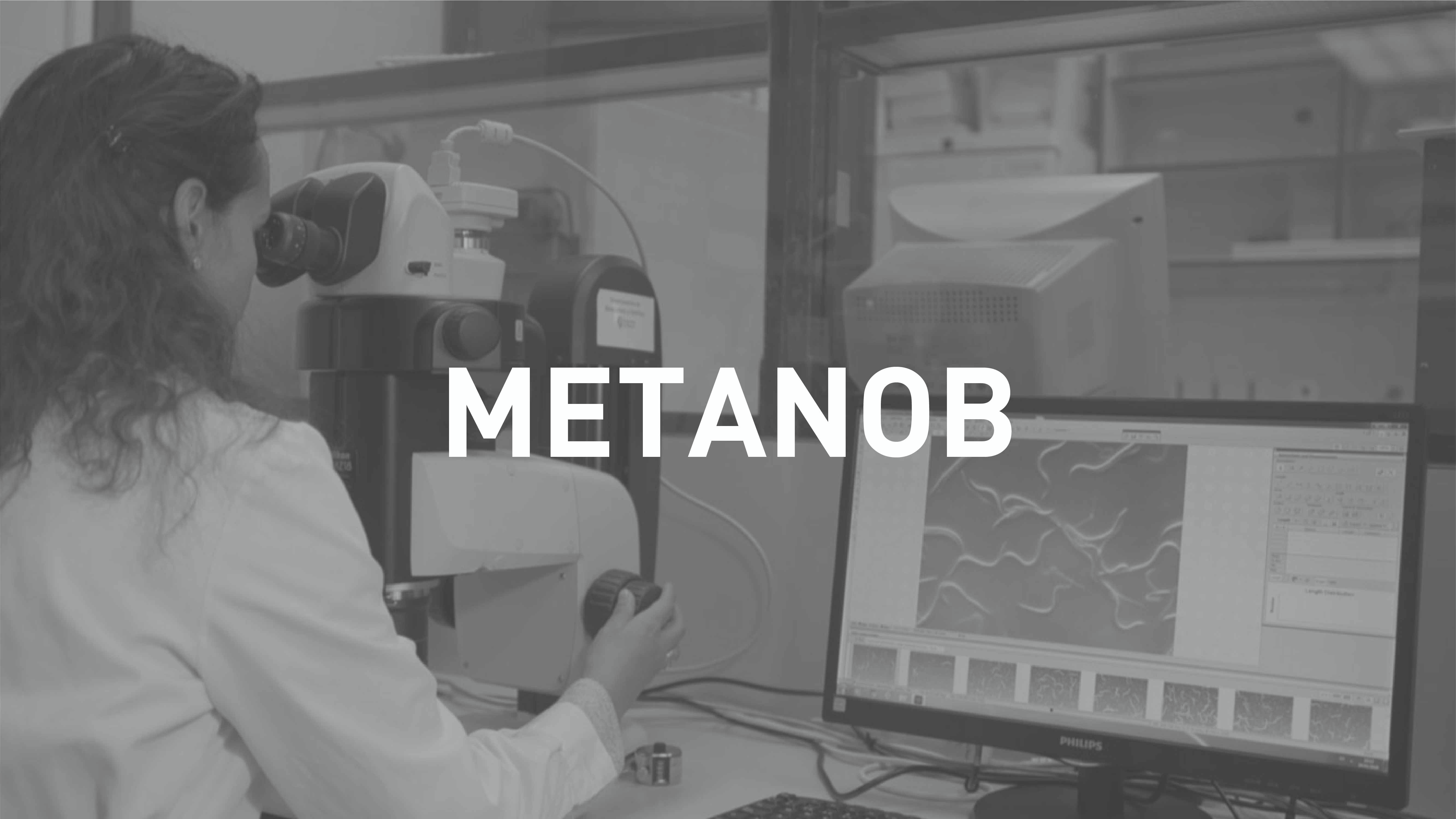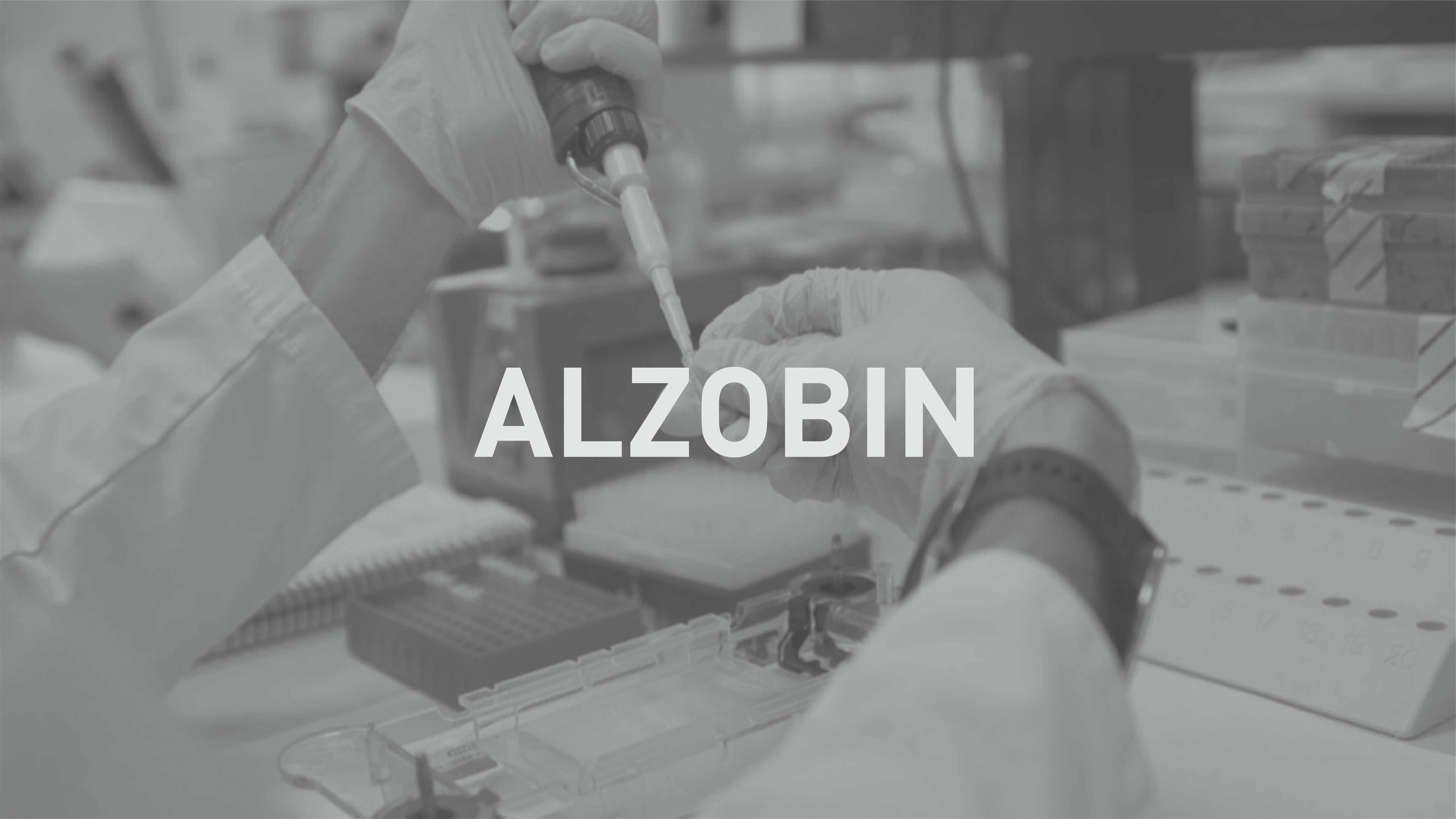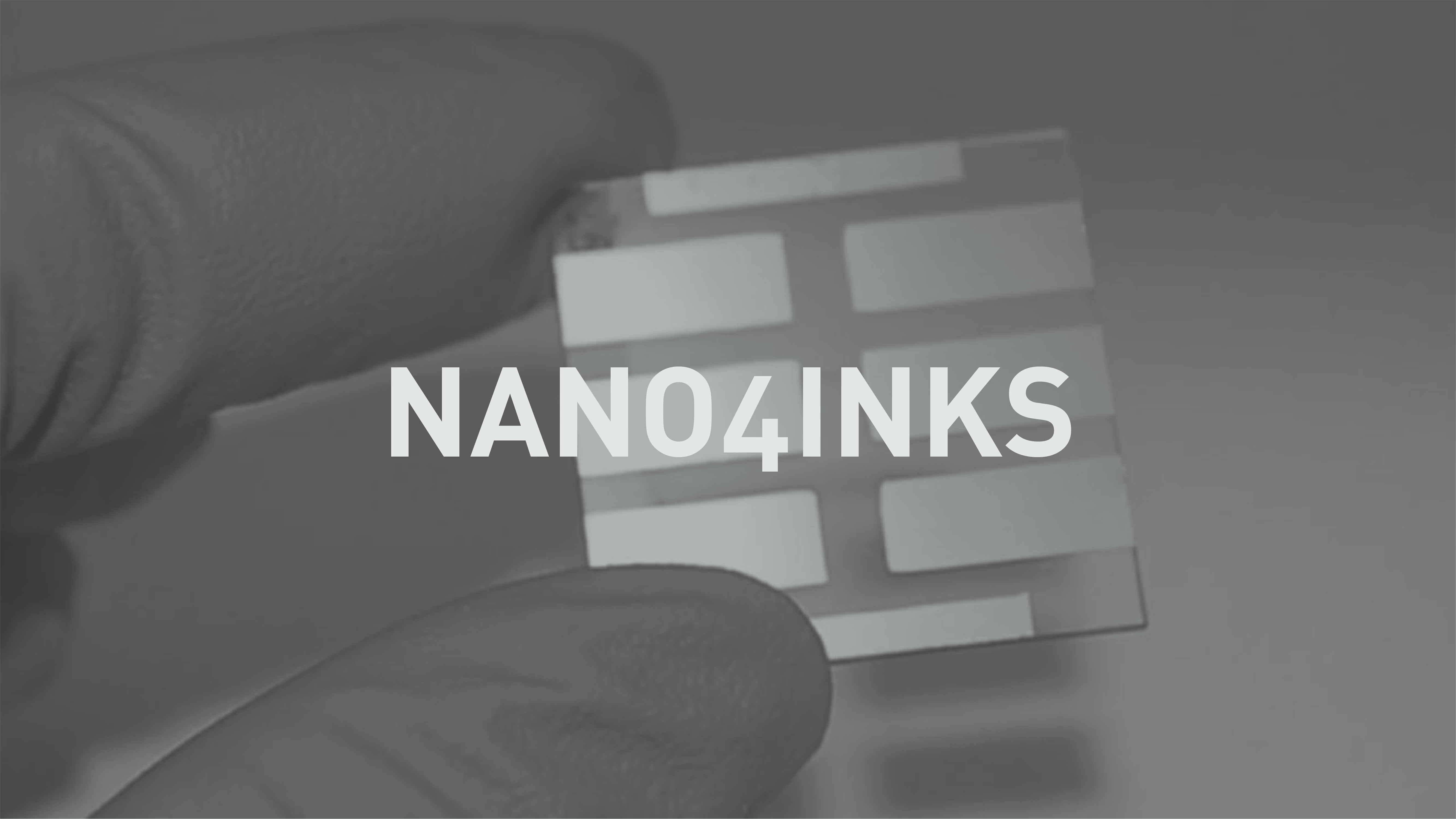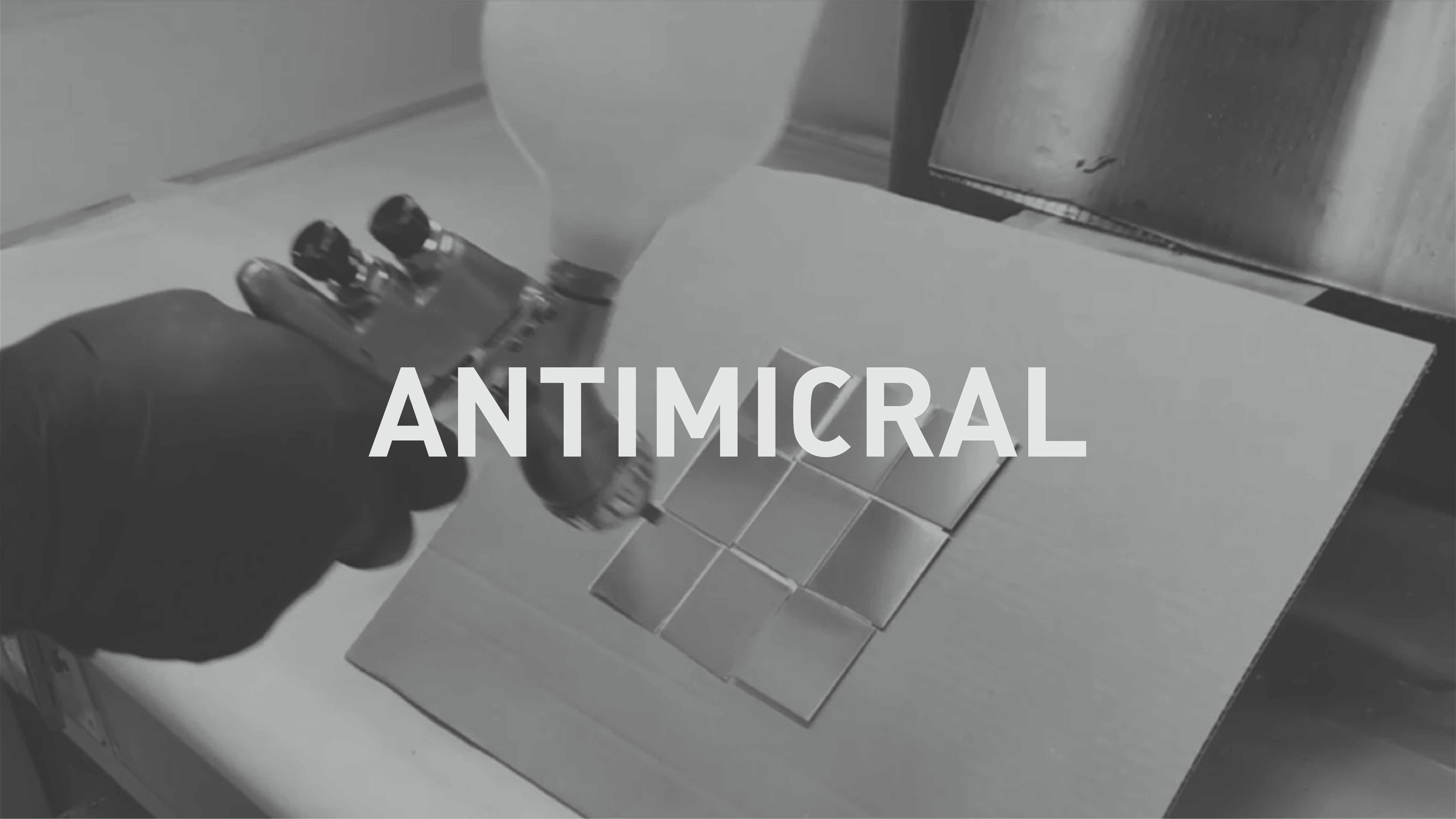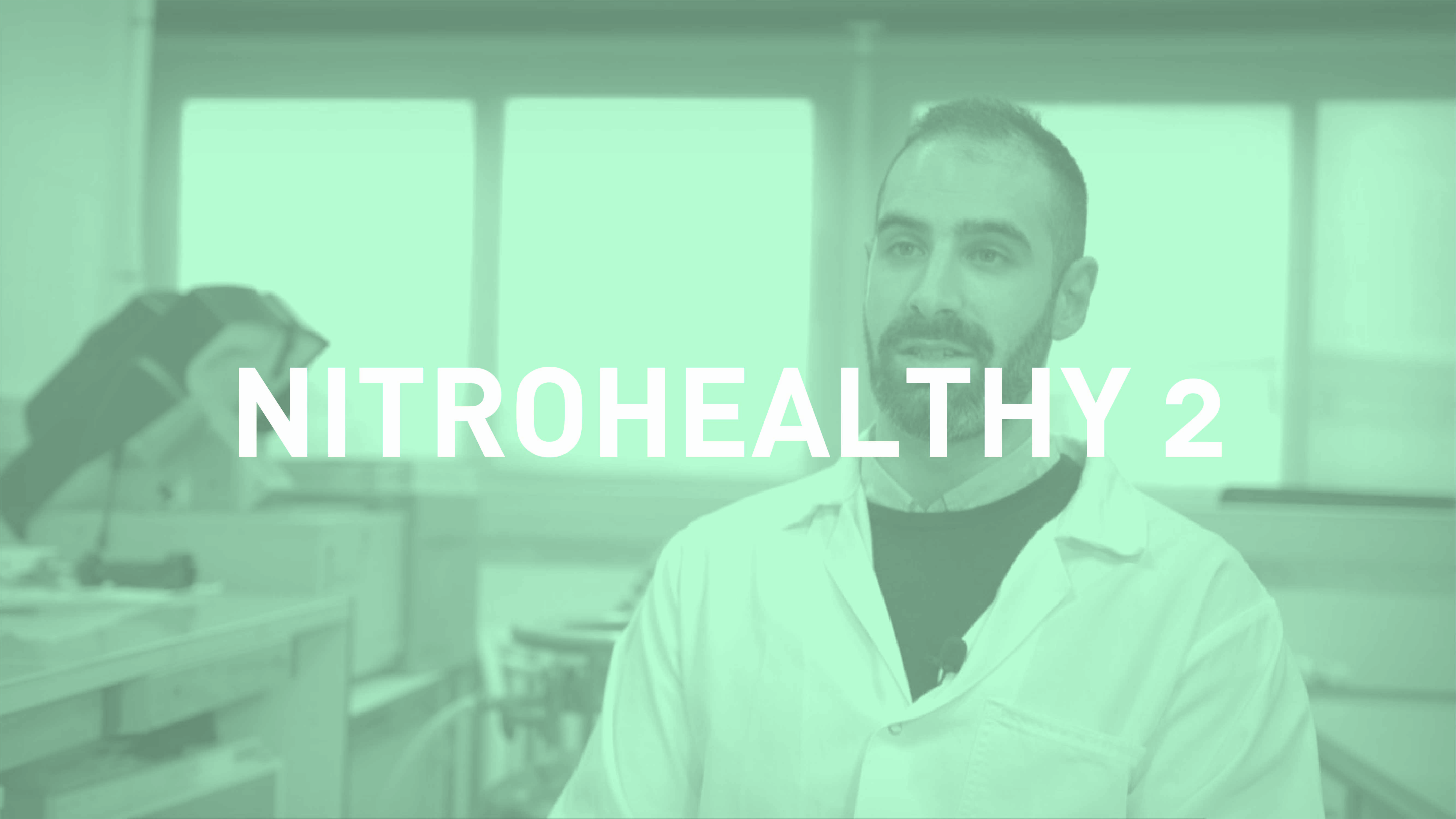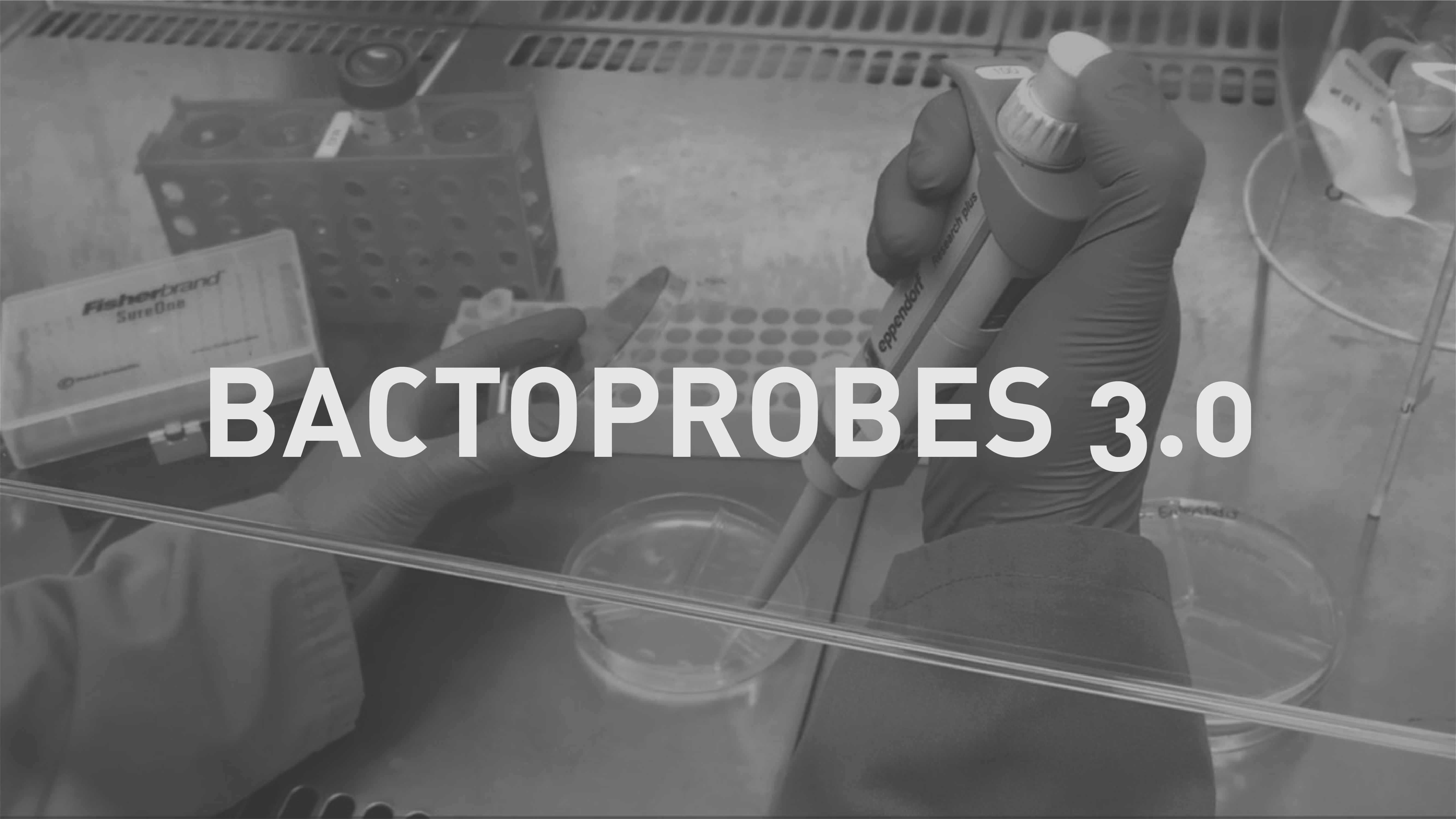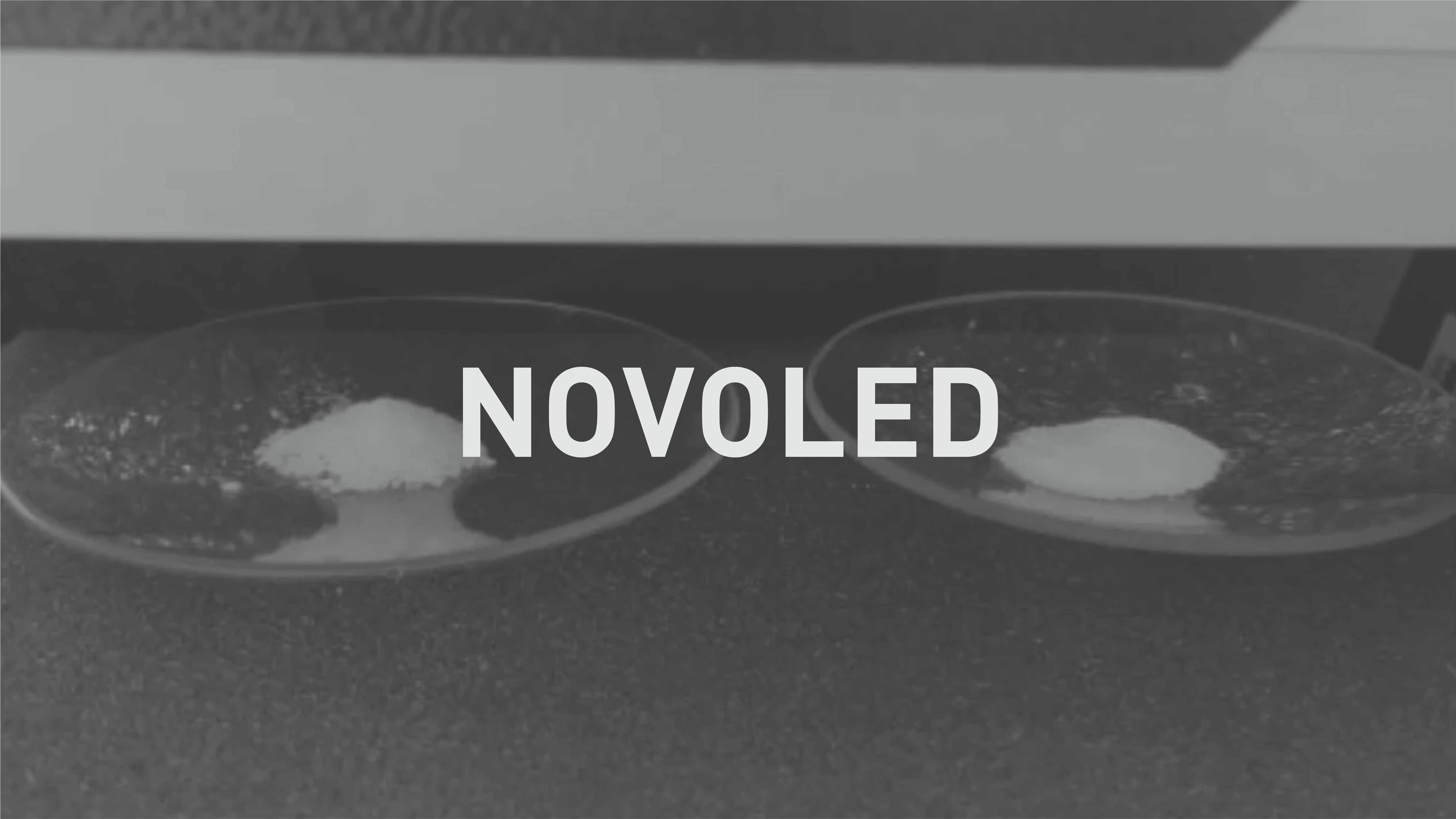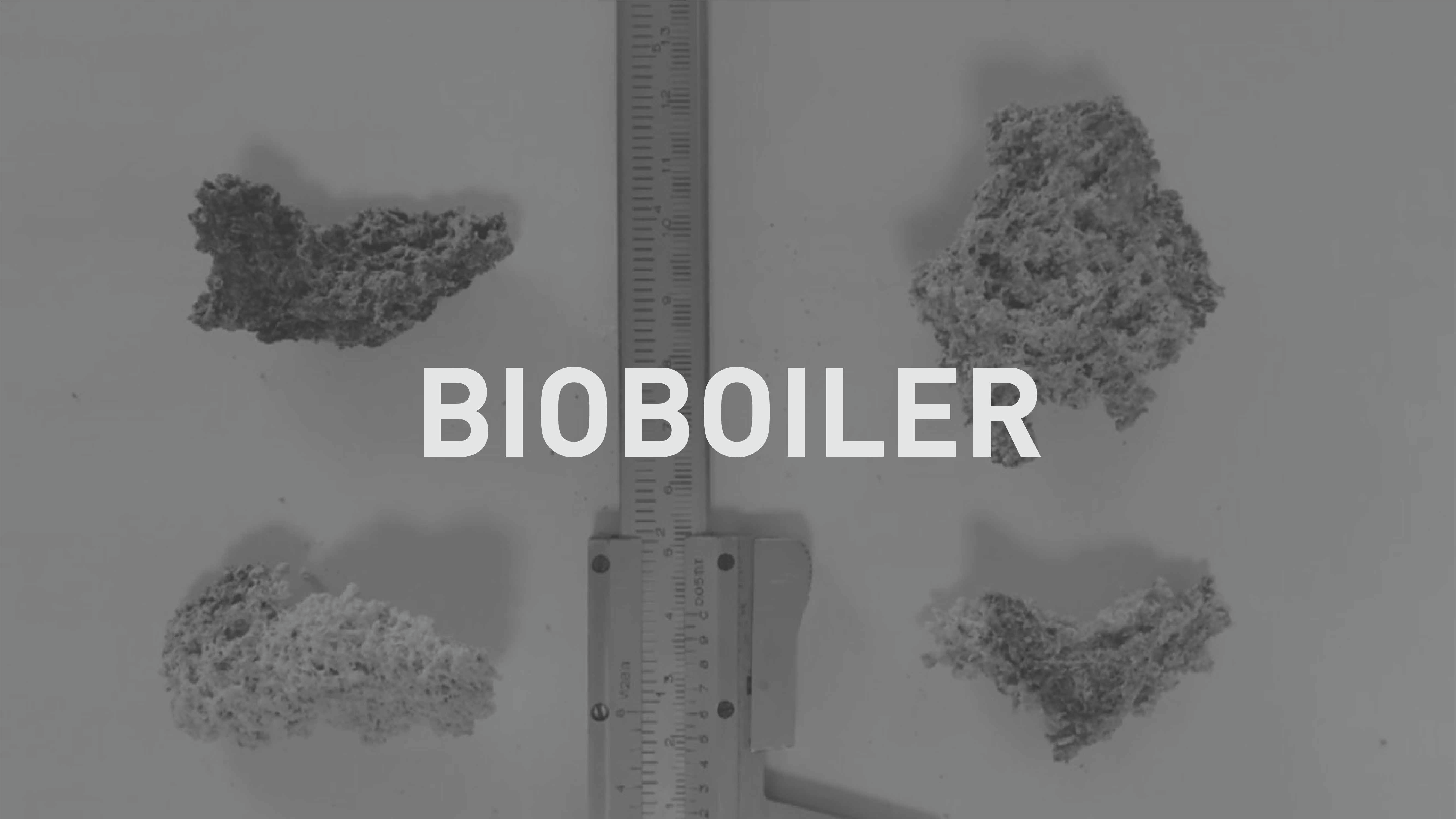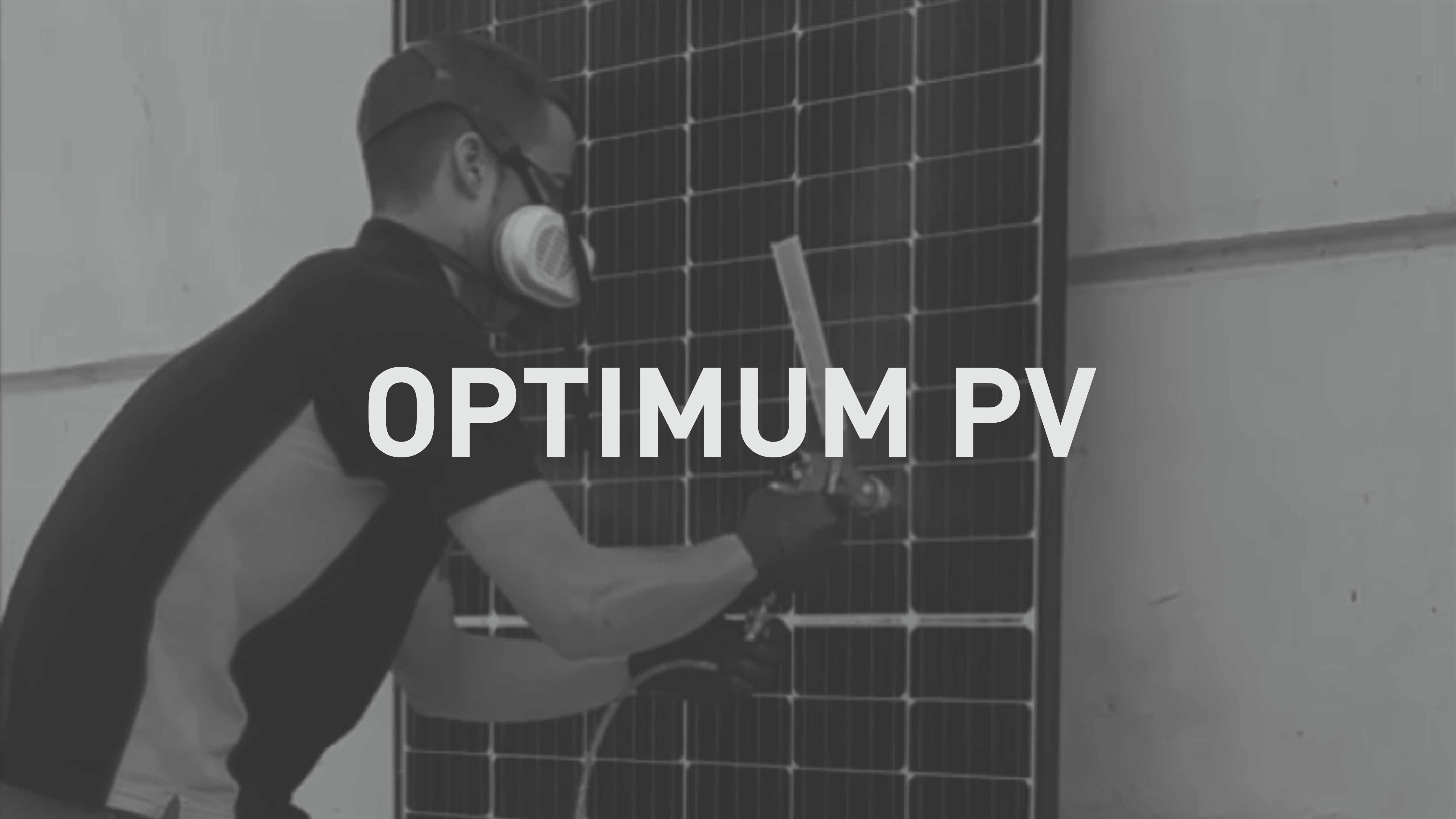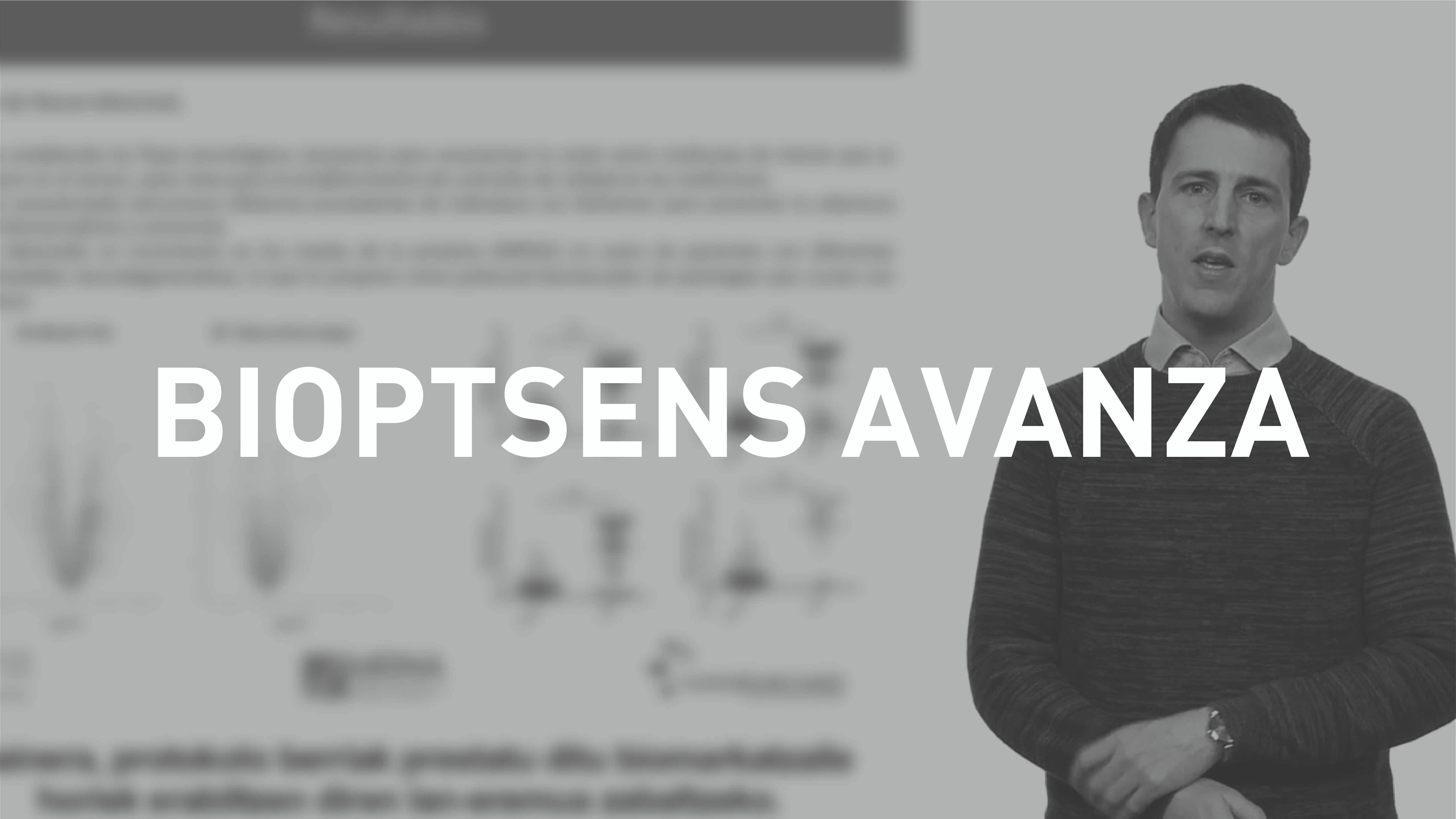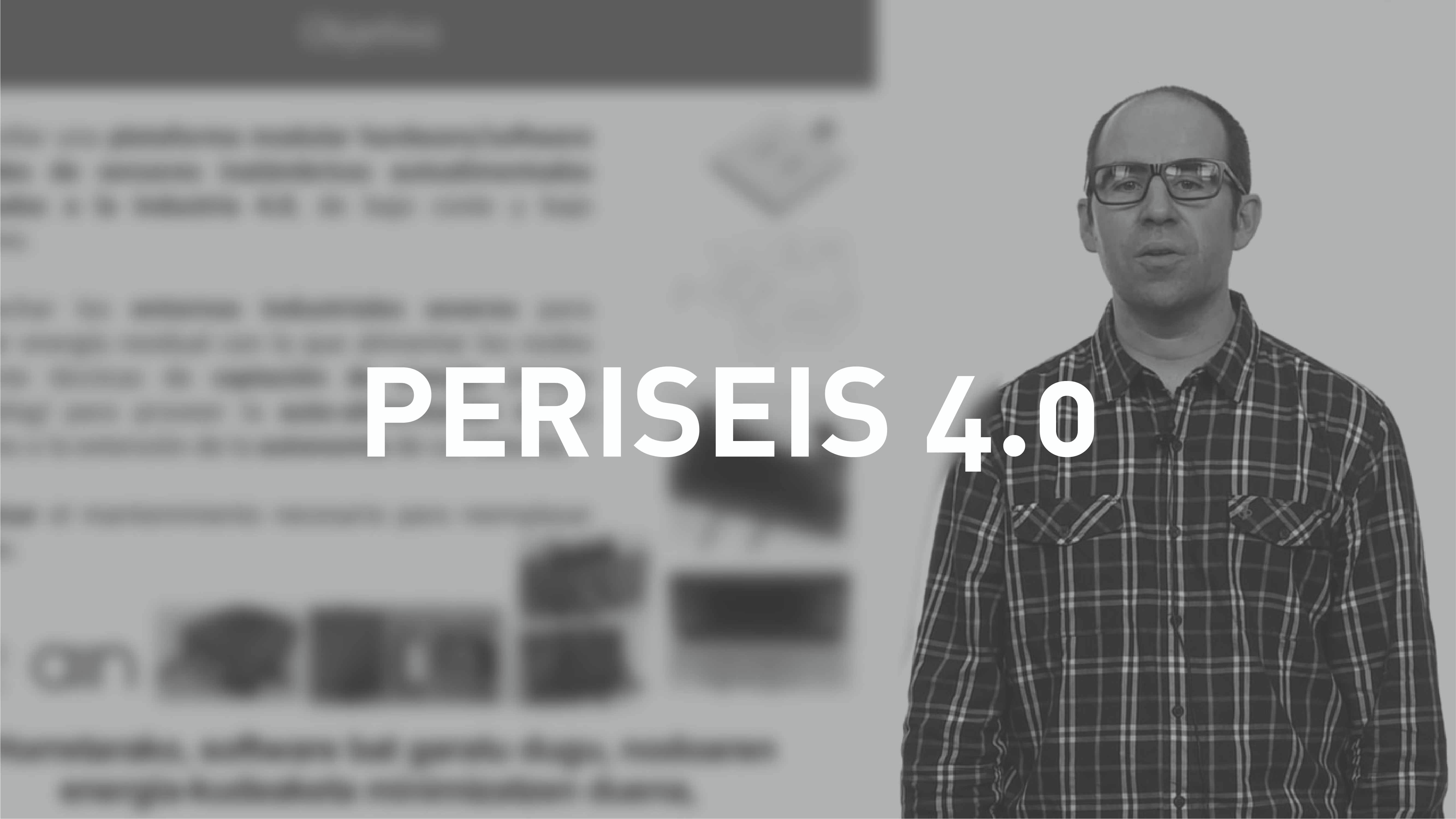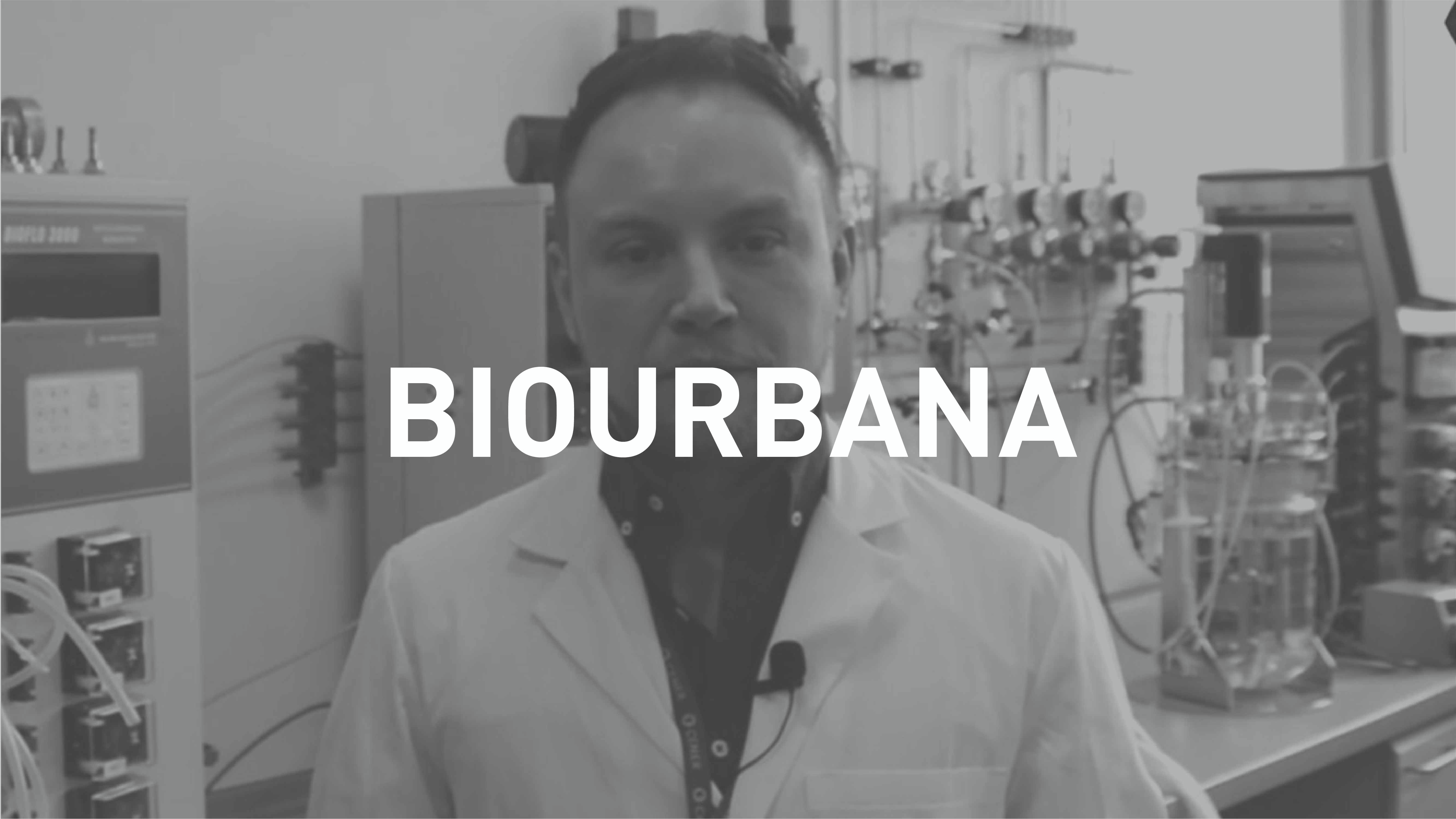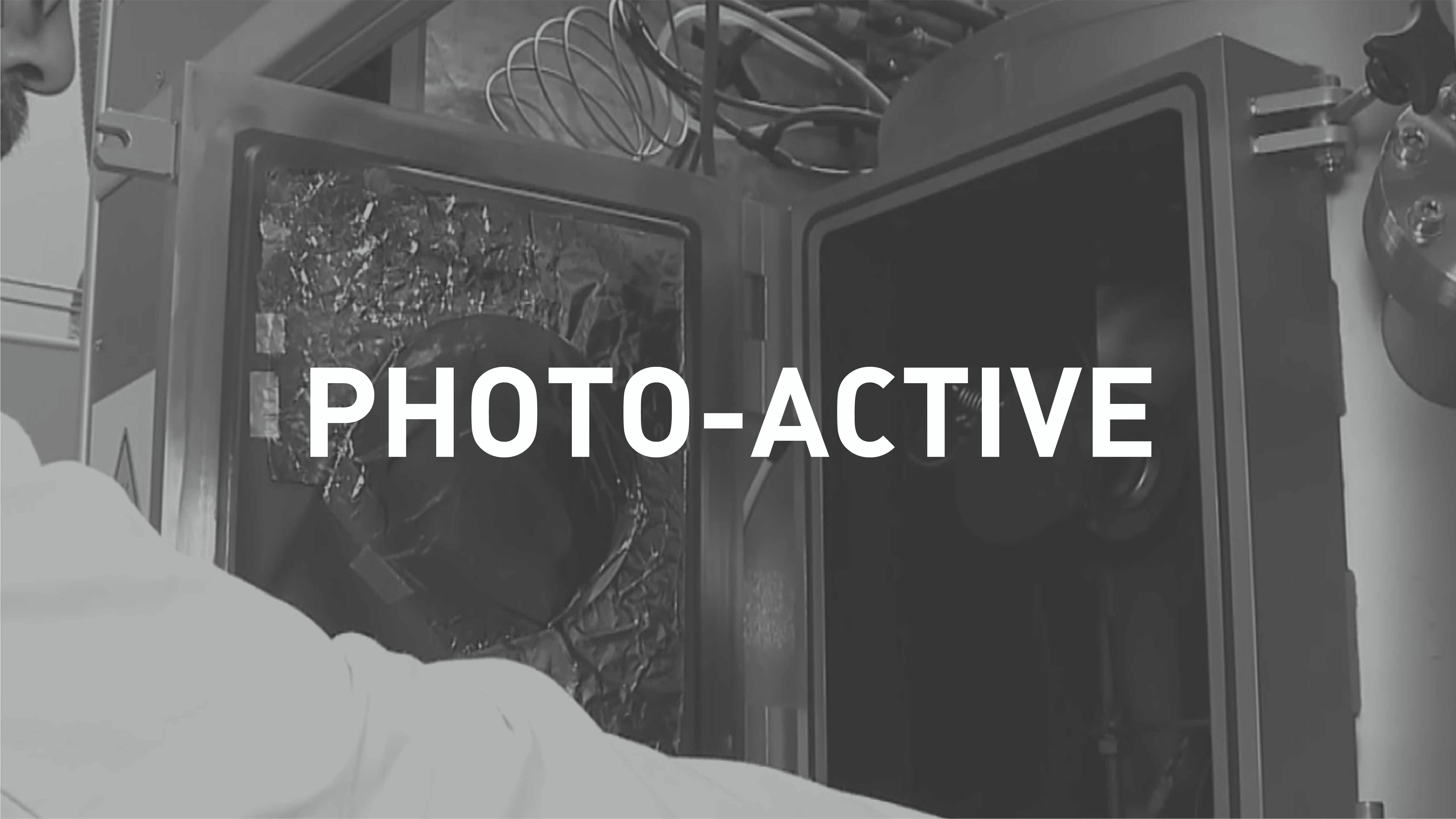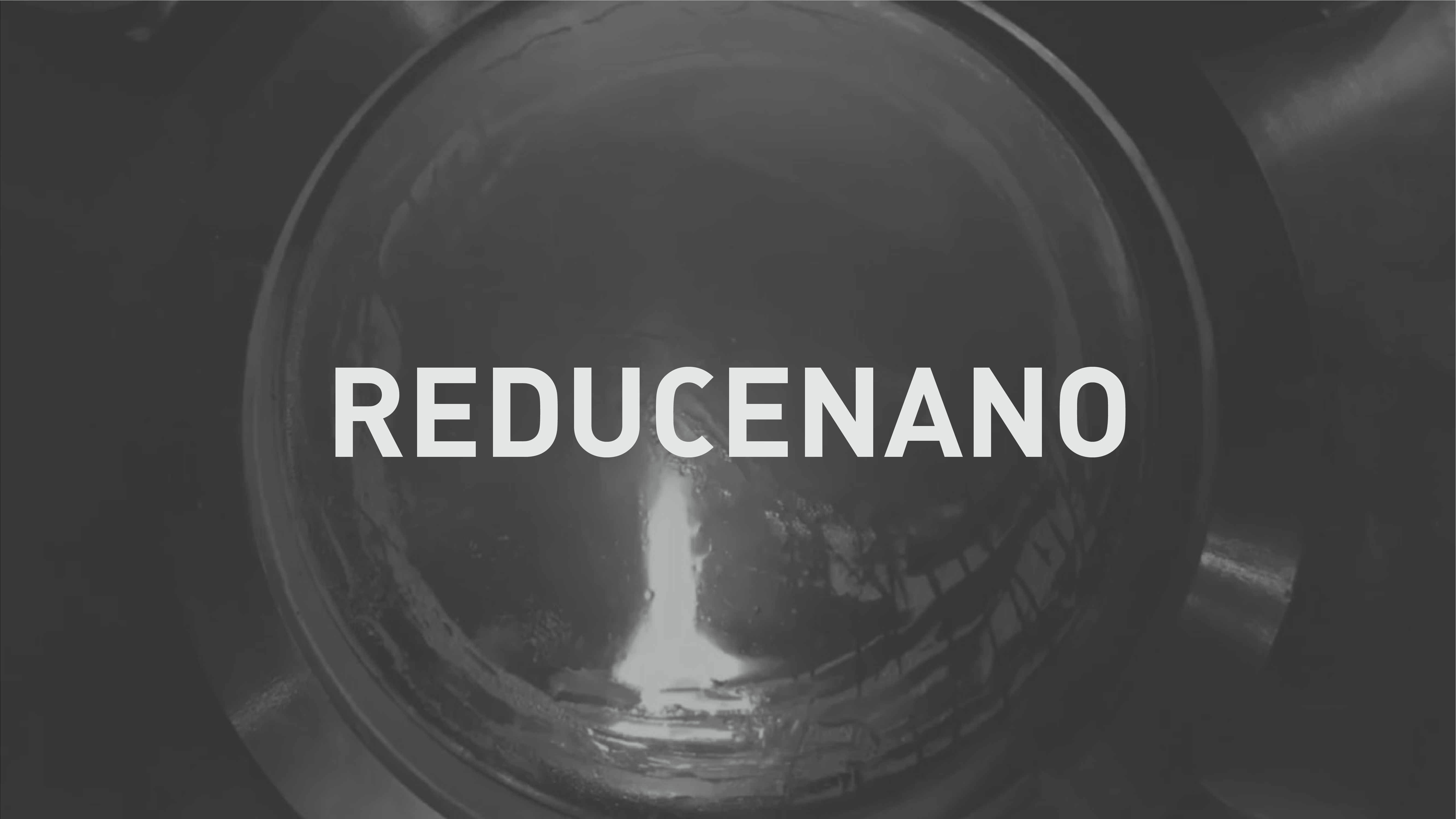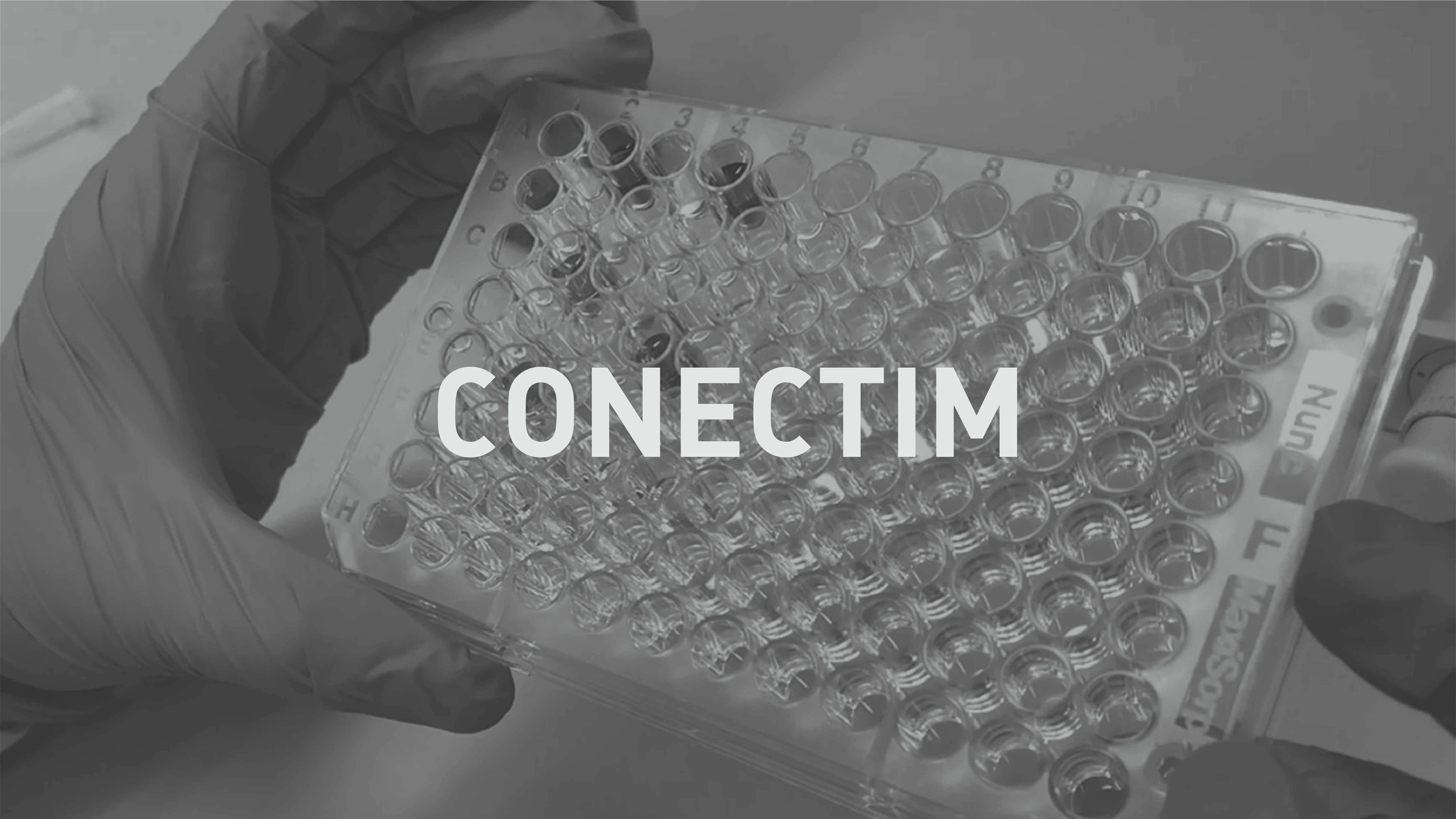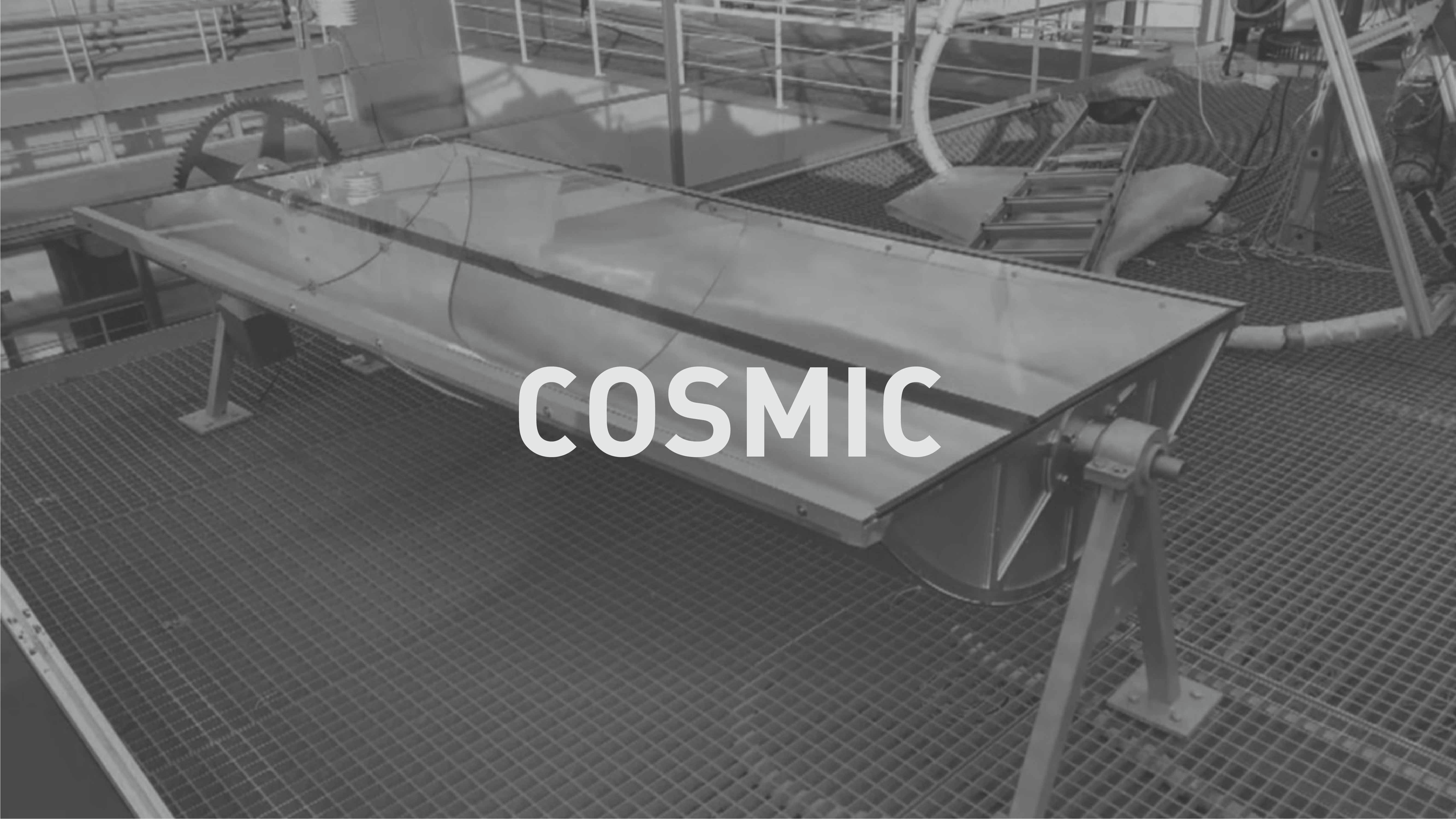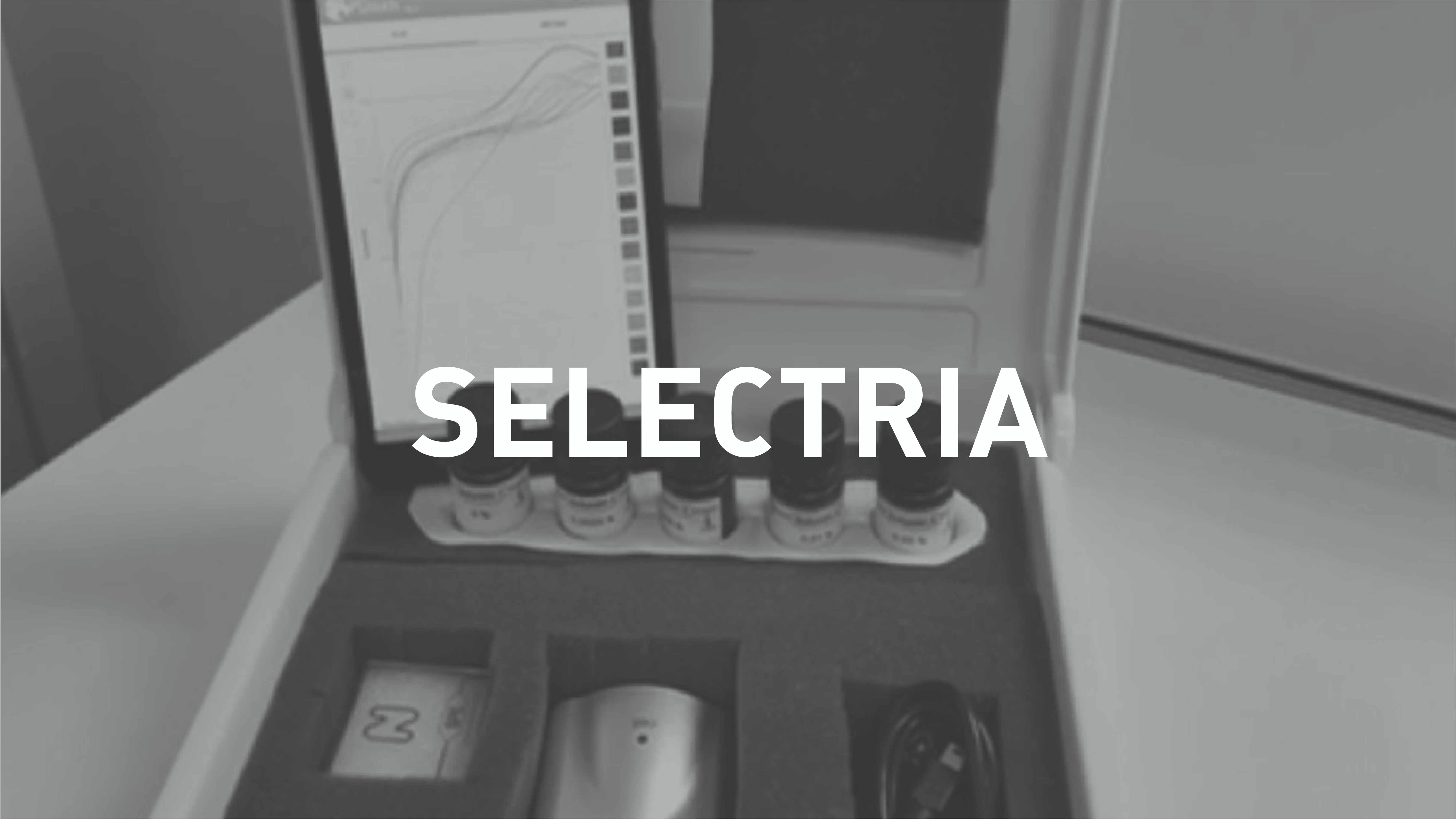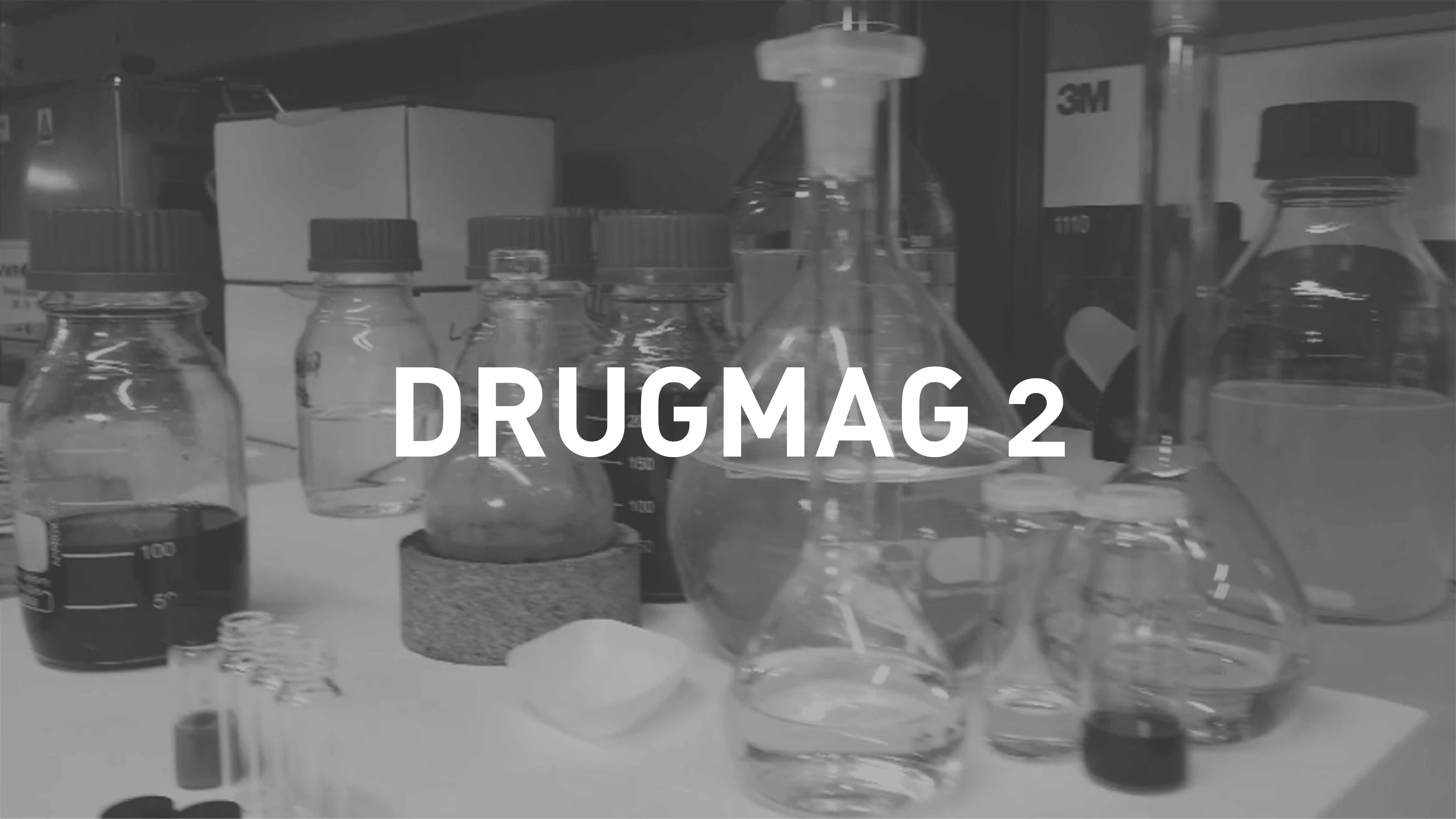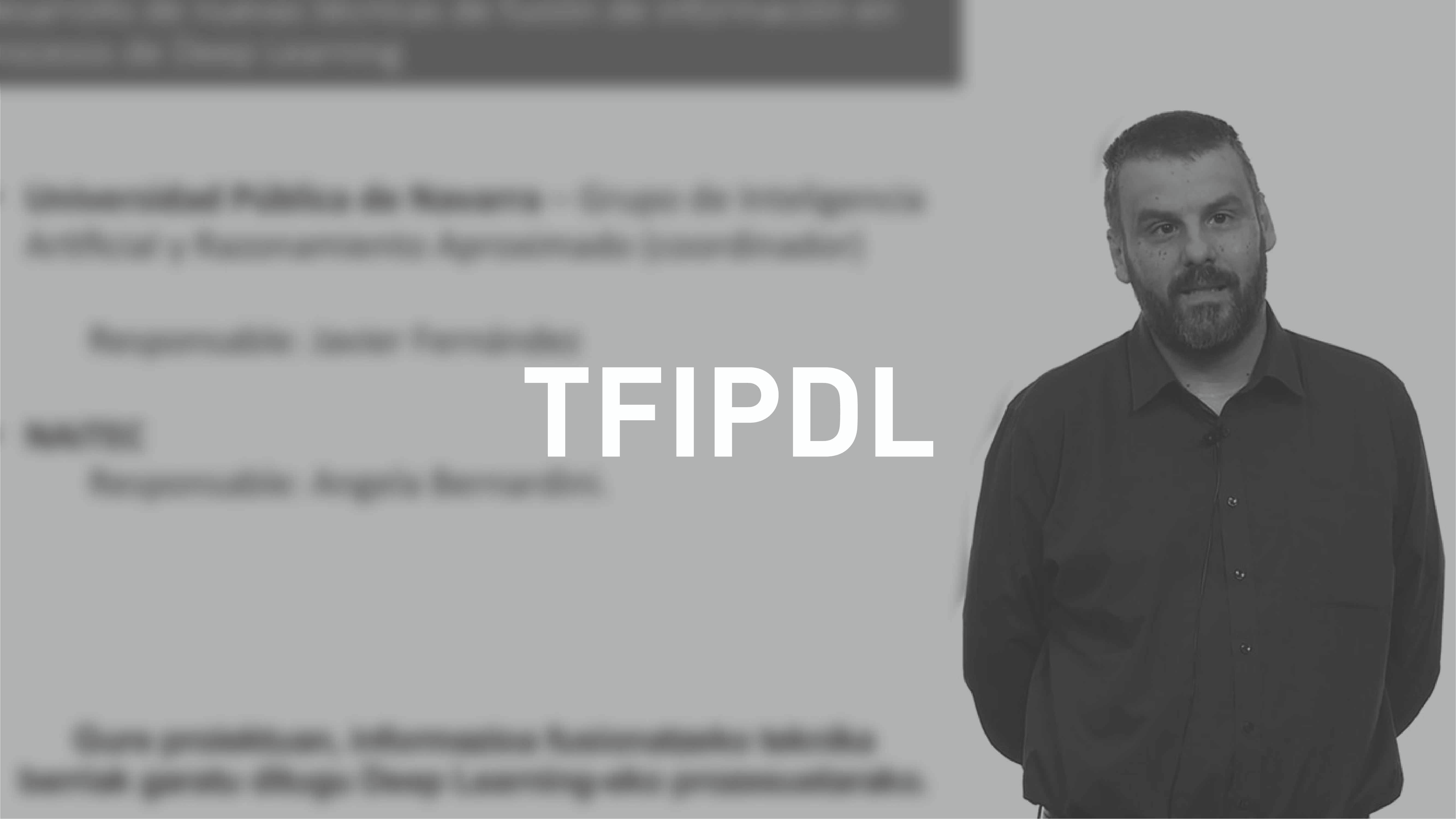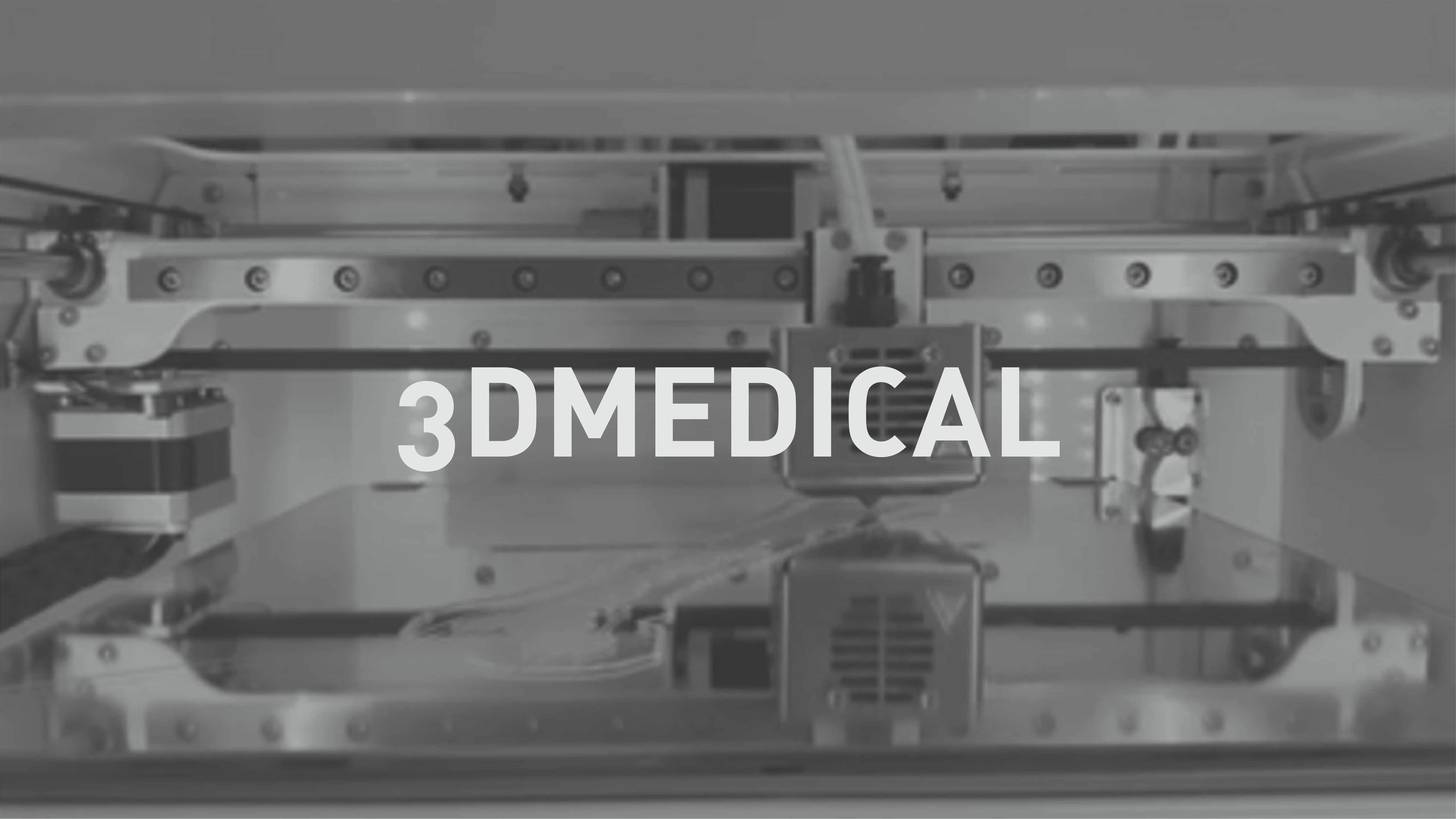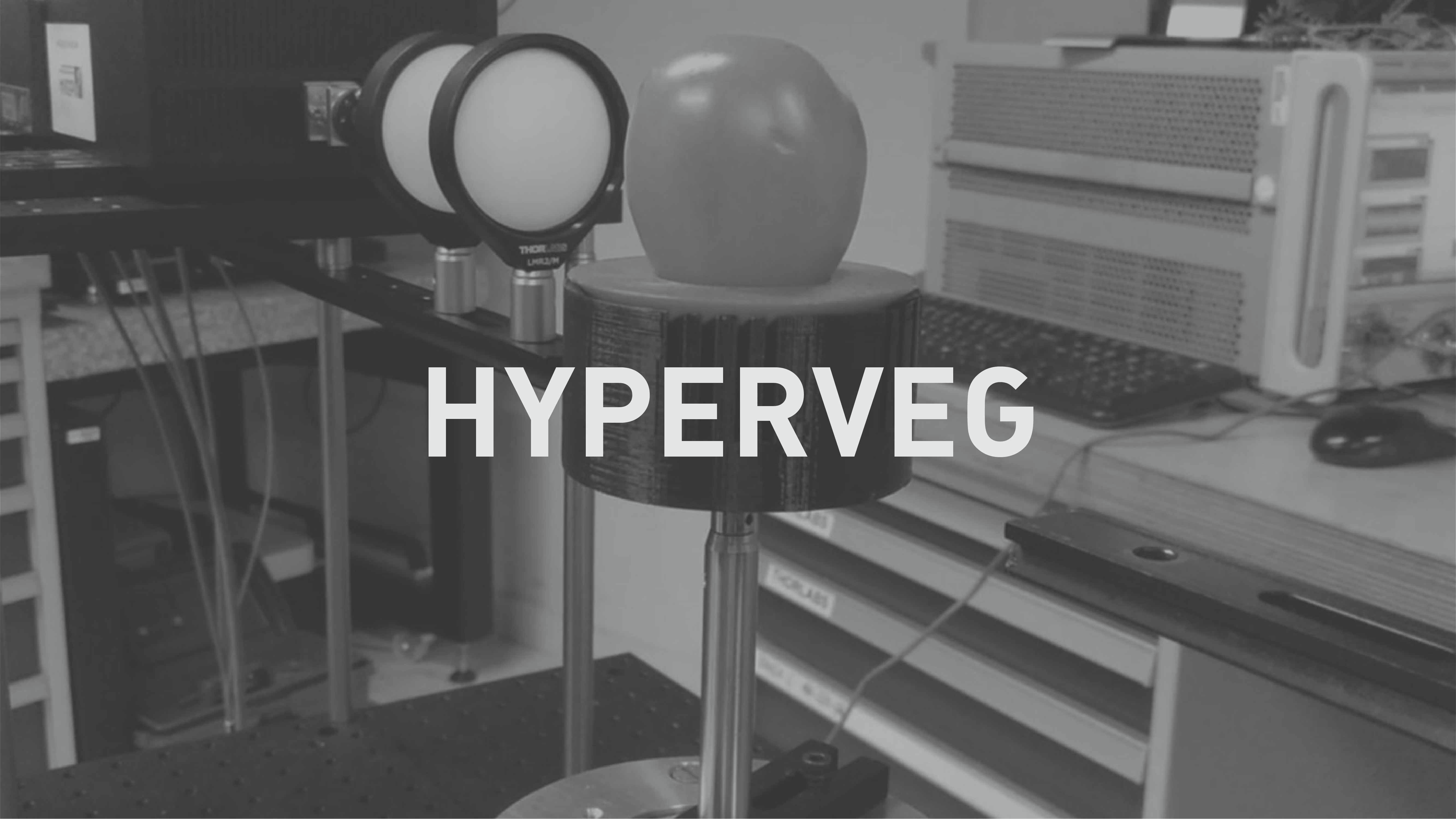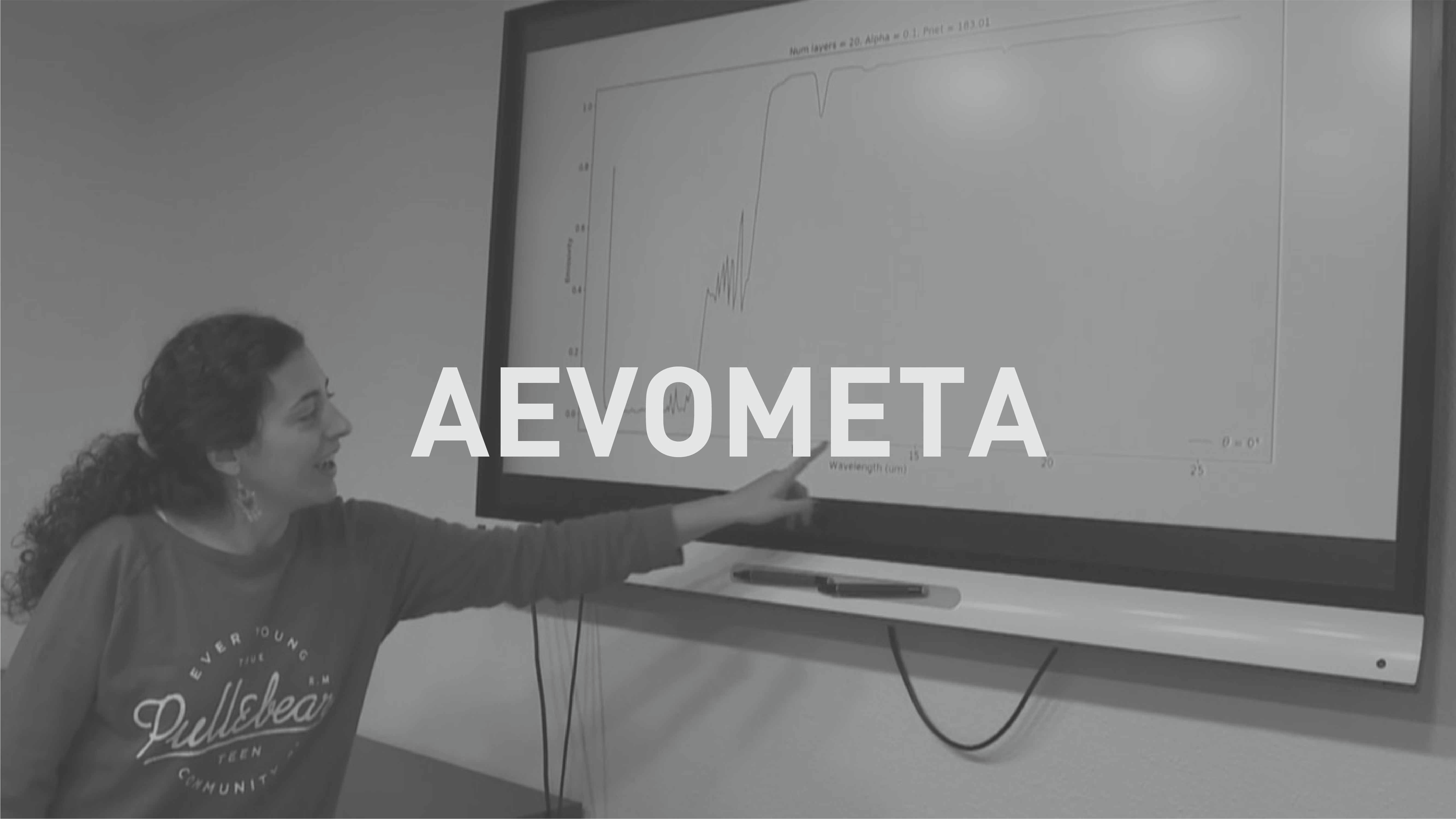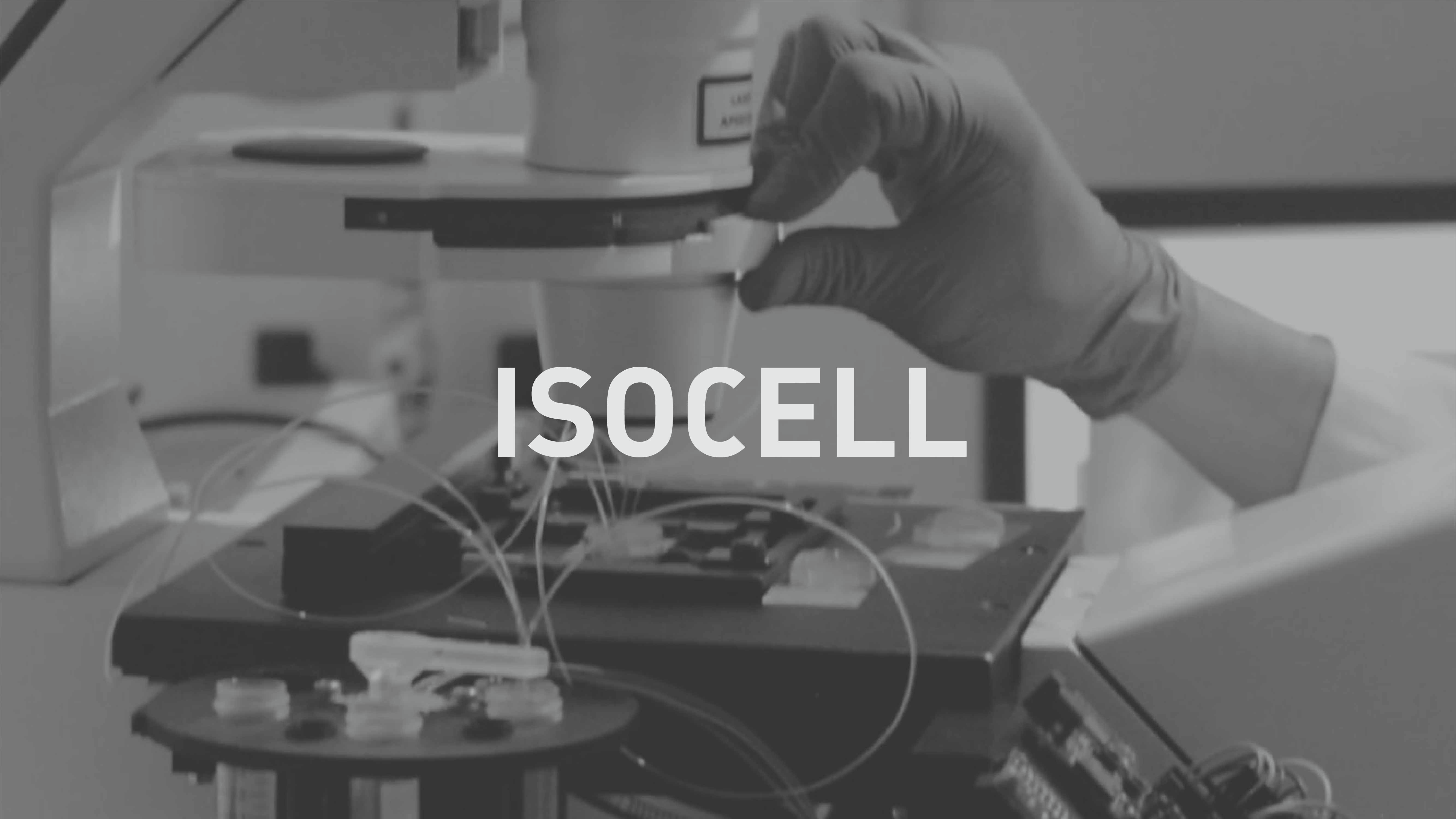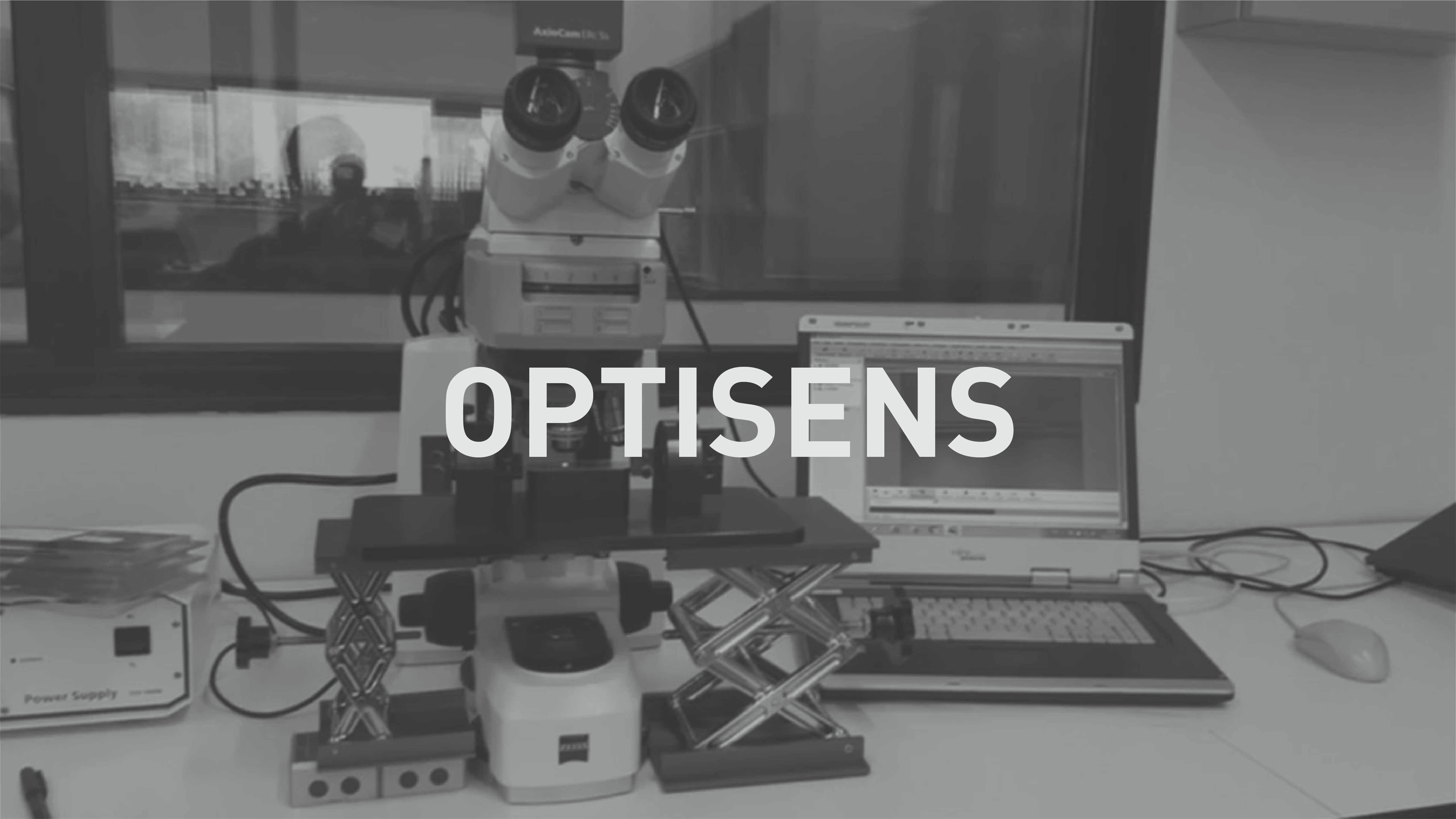The measurements made using terahertz spectroscopic techniques to measure those parameters have been validated using traditional destructive methods, which are normally used in the photovoltaic industry. In addition, a second phase of the project has been proposed, which is to develop systems for inspecting photovoltaic modules that are portable and can be used in the field.
The technical achievements in the first year have been suitable, because the activities carried out and the collaboration between both entities has made it possible to make progress towards the goals set forth in the report. The first phase of the project has been completed successfully. Specifically, despite the delay in the project start date, most of the proposed activities have been completed.
─ The WP 1 has been finished, in which the working protocol, fabrication methods and sample characterisation were determined.
─ Most of the goals in WP2 were achieved. The different kinds of EVA samples have been analysed using Thz spectroscopy, which makes it possible for the results to lay the groundwork for using THz for inspecting coatings. Specifically, progress has been made especially in determining the thickness of encapsulated material and its degree of polymerisation. Insofar as studying the adherence of encapsulated material (T.2.2), the shorter duration of the year because of the delay in starting the project has impeded finishing it.
The fundamental conclusion that may be drawn from the activities carried out is that THz spectroscopy is a promising technique for inspecting polymeric encapsulations used in photovoltaic modules.



